When most people think about America’s parks, they think of places like Yellowstone and Yosemite, but there are many state parks that can rival even some of the best national parks. The U.S. is home to more than 6,600 state park sites which protect over 14 million acres of diverse landscapes, from arid deserts to coastal forests and soaring mountains. If you were to explore one every day, it would take you over 18 years to see every state park. Don’t know where to start? Check out these 13 standout state parks around the country and the features that make them well worth the visit.
Mushroom Rock State Park – Kansas

Mushroom Rock State Park’s claim to fame isn’t just its diminutive size. As Kansas’ tiniest state park, it spans only five acres, but more importantly, it’s known for its unusually shaped rocks. There are dozens of these mushroom-like formations — the largest of which spans about 27 feet in diameter — strewn about the Smoky Hills northwest of Marquette, along the Prairie Trail Scenic Byway. The rocks date to the Cretaceous Period, a geologic era from about 144 million to 66 million years ago. Millions of years of wind and erosion, paired with the receding waters of a long-gone inland sea, resulted in their odd shapes, which have long fascinated passersby. Access to Mushroom Rock’s postcard-worthy vistas of whimsical stones and big Kansas sky couldn’t be easier — the trail is less than a quarter of a mile from the park’s entrance.
Katy Trail State Park – Missouri

Stretching almost 240 miles and spanning nearly the full width of Missouri, Katy Trail State Park features America’s longest continuous rail-trail. Officials repurposed the Missouri-Kansas-Texas (MKT) rail system, affectionately known as the Katy, which shut down in 1986. The first section of the trail opened in 1990. Open to walkers, hikers, cyclists, and horseback riders, the trail runs along parts of the Missouri River — spanning bucolic farmland, charming villages that sprung up along the rails, fantastic views from bluffs overlooking the river, and unspoiled stretches packed with wildlife ranging from migrating birds to mountain lions.
Caddo Lake State Park – Texas

One of the rare state parks made up of more water than land, East Texas’ Caddo Lake State Park takes its name from a 26,000-acre lake with a large cypress grove rising out of its dark waters. The scenery is even more eerie in fall, after the trees have shed their leaves and appear bald. The short stumps you’ll see poking up through the water’s surface are called cypress “knees,” which are above-ground extensions of bald cypress root systems. This is the world’s largest intact cypress forest — and one of the country’s few forests that are better explored by boat than on foot.
Chugach State Park – Alaska
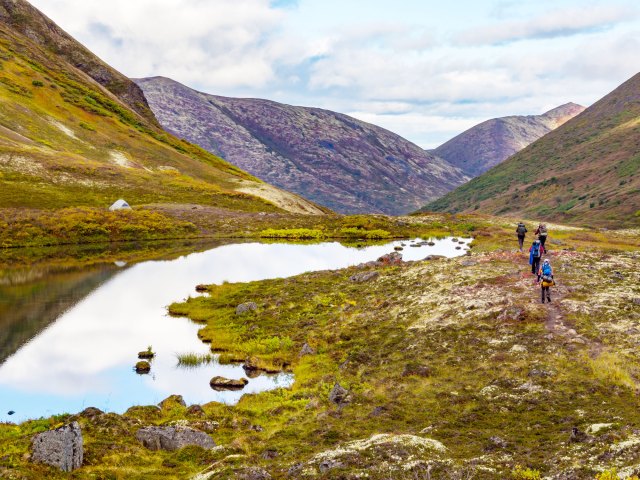
Alaska is home to the largest state park system in the U.S., covering over 3.3 million acres, and Chugach State Park sits just beyond the foothills at the edge of Alaska’s largest city, Anchorage. Located about a 25-minute drive from downtown, Chugach covers 773 square miles, which also makes it the country’s largest urban park. The wildlife-rich habitat features animals such as black and brown bears, moose, lynx, foxes, mountain goats, wolves, Dall sheep, river otters, and beavers. The park is also known for its recreational activities, including fishing, hiking, mountain biking, horseback riding, ATV riding, snowmobiling, and camping.
Crater of Diamonds State Park – Arkansas
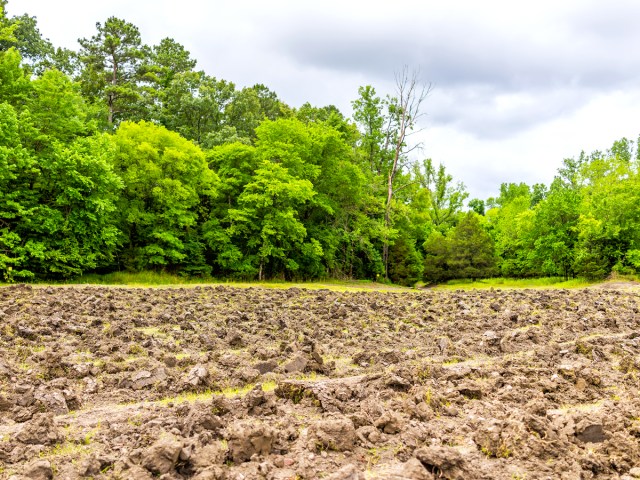
For just the price of a visitor’s pass, you can keep any diamond you find at Arkansas’ Crater of Diamonds State Park. And it’s not completely inconceivable you will unearth one: Park officials report that one or two diamonds are found here every day. The 37-acre diamond search field is what’s left of a lava tube of a 3 billion-year-old volcano, after explosive activity in the ancient volcano forced a litter of sparkling rocks nearly all the way to the Earth’s surface, and erosion did the rest. Since its opening in 1972, more than 30,000 diamonds have been uncovered at Crater of Diamonds State Park, as have thousands of lesser gems such as agates, amethysts, jasper, and quartz.
Custer State Park – South Dakota
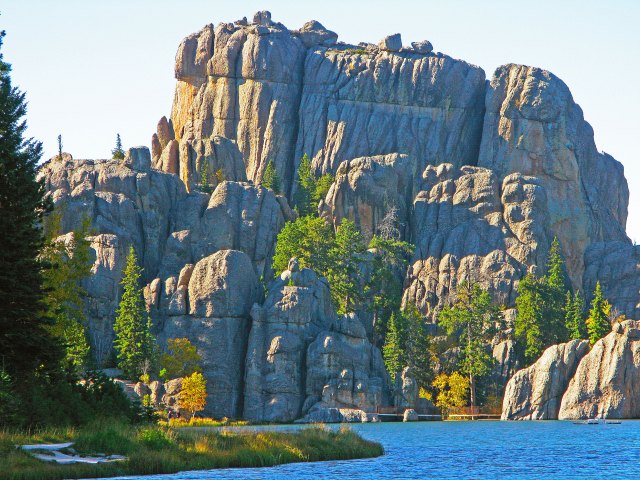
Many visitors come to Custer State Park — covering over 70,000 acres in South Dakota’s Black Hills — to swim, paddle boat, fish, or simply admire the view of the incredibly picturesque Lake Sylvan. However, the park is perhaps best known for its herd of approximately 1,500 free-ranging bison, one of the world’s largest bison herds. Drive the 18-mile Wildlife Loop Road, and there is a good chance you’ll come to a halt when bison cross in front of you. Watch out for wild turkey, deer, elk, pronghorn antelope, bighorn sheep, and mountain goats, too.
Letchworth State Park – New York
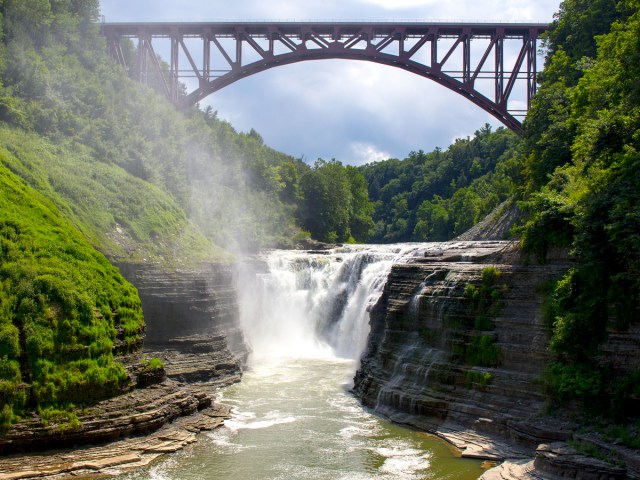
Even some lifelong New Yorkers are unaware that their state is home to the so-called “Grand Canyon of the East.” Letchworth State Park, about 35 miles southwest of Rochester, is where an idyllic gorge channels 17 miles of the Genesee River toward Lake Ontario, sporting cliffs as deep as 550 feet and made of shale dating back approximately 380 million years. Spanning over 14,000 acres, the park features nearly every species of North American tree and 66 miles of hiking paths, which include the pioneering Autism Nature Trail — a mile-long loop with sensory stations that individuals with autism or related disabilities can explore with their loved ones.
Humboldt Redwoods State Park – California
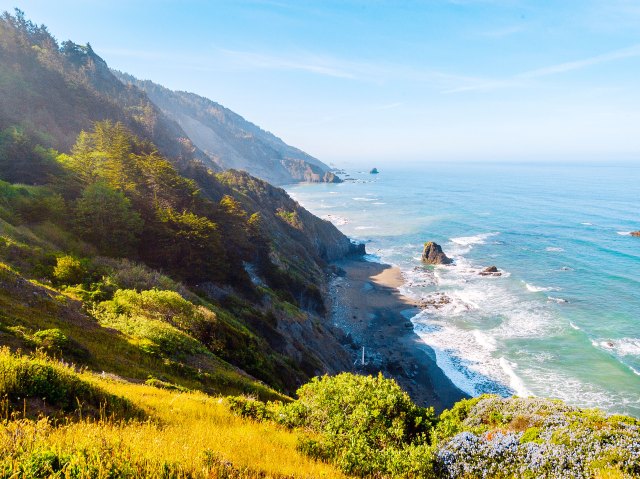
There are only a handful of places on the planet where you can see redwood trees, the world’s tallest and largest trees, and Northern California’s Humboldt Redwoods State Park is one of them. The 53,000-acre park is home to the Avenue of the Giants, which features the world’s largest old-growth contiguous redwood forest. Visitors can drive along the 31-mile roadway to explore the park and gaze up at the soaring trees. Just off the famous avenue is Founder’s Grove, where you can marvel at the Dyerville Giant. Once standing 362 feet tall, this was the tallest tree in the park before it fell in 1991. According to local lore, when it crashed, the ground moved the earth so much that it registered on a nearby seismograph.
Kodachrome Basin State Park – Utah

Utah is home to a scenic state park that’s incredibly photogenic — so photogenic, it was named after a film brand. Located south of Bryce Canyon National Park, Kodachrome Basin State Park is known for its 67 monolithic spires, called sedimentary pipes, that range from six feet to a whopping 170 feet tall. In fact, it’s believed that this basin is the only place on Earth in which you can find these strange geological formations. But it isn’t just the sand pipes that earned Kodachrome its name — the stunning colors of the basin inspired the National Geographic Society to name it after the then-popular color film brand in 1948.
Hot Springs State Park – Wyoming

Located in the aptly named town of Thermopolis, Hot Springs State Park in Wyoming has long been famous for its healing waters. The area’s renowned springs once attracted everything and everyone from dinosaurs and prehistoric peoples to Native American tribes and early pioneers. In the early 1900s, a sizable medical community was established in Thermopolis, using the hot springs to promote restoration. Thanks to a treaty signed by the Arapahoe and Shoshone tribes, which provided public access to the springs in 1896, visitors today can enjoy free 20-minute soaks — either indoors or out at the Wyoming State Bath House.
Valley of Fire State Park – Nevada
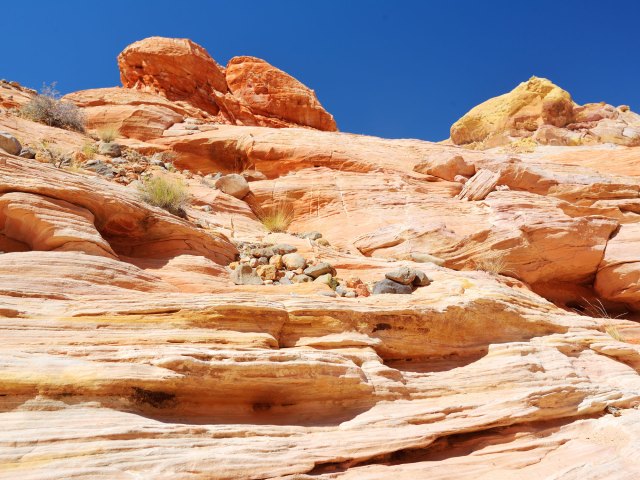
About 45 miles northeast of Las Vegas lies the otherworldly landscapes of Valley of Fire State Park. The area has been home to prehistoric civilizations since 300 BCE and is named for its stunning appearance at sunset — its sandstone outcroppings rise out of the Mojave Desert and turn a brilliant shade of red just before nightfall, making the entire valley look as if it’s on fire. The 40,000-acre park is also home to ancient petrified trees and petroglyphs that date back over 2,000 years.
Pfeiffer Big Sur State Park – California
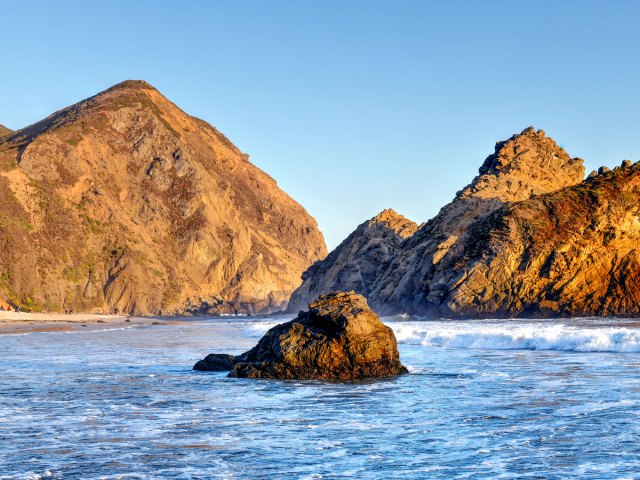
There are only a handful of purple sand beaches on the planet. Most are located in Canada, but you’ll also find one in Pfeiffer Big Sur State Park, situated along California’s famed Big Sur Coast. The phenomenon occurs thanks to the high concentration of manganese in the cliffs, which are eroded during rainstorms. Not all of the sand at Pfeiffer Big Sur Beach is purple, but visitors can see stunning swirls of deep purple along the north side of the beach near the tide pools. The phenomenon will be clearest after a recent rainstorm.
Grayson Highlands State Park – Virginia
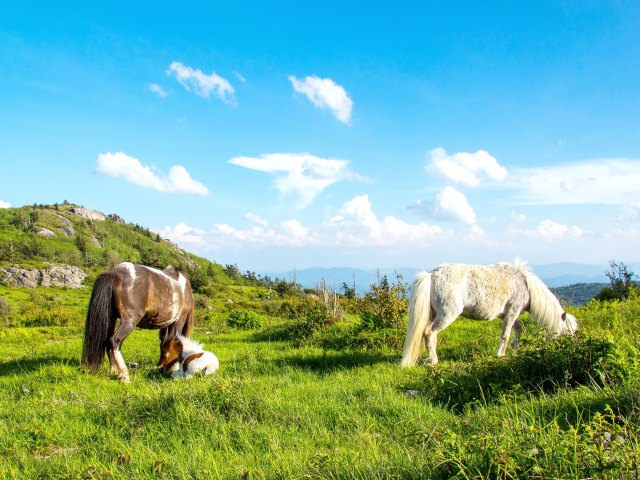
Many consider the Grayson Highlands ponies to be the highlight of Grayson Highlands State Park, located in southwestern Virginia near the North Carolina border. The thriving population of ponies, which each stand only about four feet tall, are believed to be descendants of the Chincoteague and Assateague horses that were released into the area in 1975 by the U.S. Forest Service. The best way to see them is by hiking the Rhododendron Trail from Massie Gap; it winds across Wilburn Ridge to Rhododendron Gap, where the ponies often frequent. The hike also provides a great opportunity for photos with breathtaking mountain peaks in the backdrop.
More from our network
Daily Passport is part of Optimism, which publishes content that uplifts, informs, and inspires.























